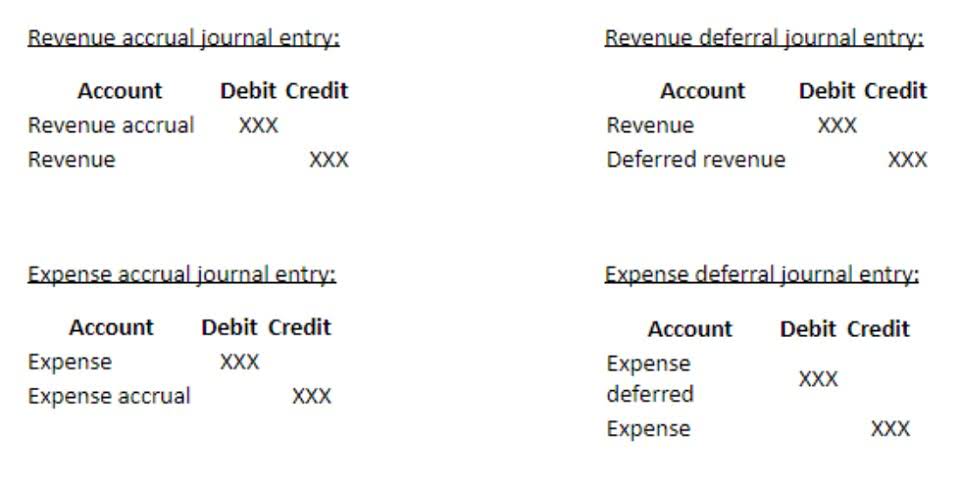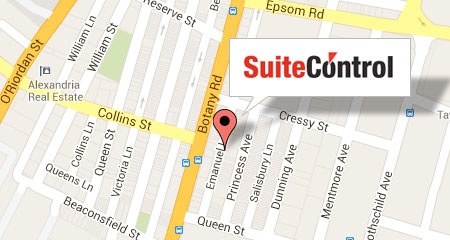Retained Earnings: Calculation, Formula & Examples

Retained earnings are an equity balance and as such are included within the equity section of a company’s balance sheet. Retained earnings are important because they can be used to finance new projects or expand the business. Reinvesting profits back into the company can help it grow and become more profitable over time. When a prior period adjustment is used, it appears as a correction of the beginning balance of RE and is fully described. With the relative infrequency of material errors, the use of this type of adjustment has been virtually eliminated.
- We can find the net income for the period at the end of the company’s income statement (consolidated statements of income).
- Well-managed businesses can consistently generate operating income, and the balance is reported below gross profit.
- Revenue sits at the top of the income statement and is often referred to as the top-line number when describing a company’s financial performance.
- Since retained earnings meet this definition, they classify as equity on the balance sheet.
- However, it also deducts dividends from those amounts before reporting them on the balance sheet.
- It’s safe to say that understanding the retained earnings equation and how to calculate it is essential for any business.
See profit at a glance

Both the current and quick ratios help with the analysis of a company’s financial solvency and management of its current liabilities. The current ratio is a measure of liquidity that compares all of a company’s current assets to its current liabilities. If the ratio of current assets over current liabilities is greater than 1.0, it indicates that the company has enough available to cover its short-term debts and obligations. In short, a company needs to generate enough revenue and cash in the short term to cover its current liabilities.
How Dividends Impact Retained Earnings
- Balance sheets include multiple figures, and it’s essential to understand where to find or input your calculations.
- Retained earnings represent the profit a company has saved over time and therefore the portion that can be used to reinvest in the business (in new equipment, R&D, or marketing, among others) or distributed to shareholders.
- Normally, these funds are used for working capital and fixed asset purchases (capital expenditures) or allotted for paying off debt obligations.
- Retained earnings refer to the amount of net income a company has left after paying dividends to shareholders.
As such, some firms debited contingency losses to the appropriation and did not report them on the income statement. It shows a business has consistently generated profits and retained a good portion of those earnings. It also indicates that a company has more funds to reinvest back into the future growth of the business. Retained earnings, on the other hand, refer to the portion of a company’s net profit that hasn’t been paid out to its shareholders as dividends. Similarly, assets in accounting are resources owned or controlled by a company. Retained earnings are a company’s accumulated profits since its inception.
Retained Earnings Formula and Calculation
If you are not familiar with the special repayment arrangement for student loans, do a brief internet search to find out when student loan payments are expected to begin. It generally limits the use of the prior period adjustment to the correction of errors that occurred in earlier years. In reality, the purchase will have depleted the available cash in the company.

Let MYOB improve your accounting operations, ensure compliance, and give you financial peace of mind while helping your business succeed. Holding liquid cash is wise, as investment opportunities may come up during the year. Further, many companies decide to keep cash readily available as unforeseen expenses may come up that weren’t accounted for during the initial budget.

How to Calculate Retained Earnings?
Profits generally refer to the money a company earns after subtracting all costs and expenses from its total revenues. Yes, having high retained earnings is considered a positive sign for a company’s financial performance. Shareholders, analysts and potential investors use the statement to assess a company’s profitability and dividend payout potential. Retained earnings are also known as accumulated earnings, earned surplus, undistributed profits, or retained income. The above definitions for the balance sheet elements clarify that retained earnings are equity.
You might also be interested in checking out our complete suite of small business software modules, many of them template-driven. Businesses use this equity to fund expensive asset purchases, add a product line, or buy a competitor. Textbook content produced by OpenStax is licensed under a Creative Commons Attribution-NonCommercial-ShareAlike License . The OpenStax name, OpenStax logo, OpenStax book covers, OpenStax CNX name, and OpenStax CNX logo are not subject to the Creative Commons license and may not be reproduced without the prior and express written consent of Rice University. This book uses the Creative Commons Attribution-NonCommercial-ShareAlike License and you must attribute OpenStax. Retained earnings are reclassified as one or more types of paid-in capital under two general circumstances.
Why Aren’t Retained Earnings an Asset?
In accounting, if a company has more profits than losses over time, and after dividends are paid, the retained earnings account will show a credit balance, reflecting the accumulated profits held in the company. If a company consistently operates at a loss, it’s possible, though less common, for retained earnings to have a debit balance. Retained earnings can typically be found on a company’s balance sheet in the shareholders’ equity section. Retained earnings are calculated through taking the beginning-period retained earnings, adding to the net income (or loss), and subtracting dividend payouts. Cash payment of dividends leads to cash outflow and is recorded in the books and accounts as net reductions.
They go up whenever your company earns a profit, and down every time you withdraw some of those profits in the form of dividend payouts. It involves paying out a nominal amount of dividends and retained earnings current or noncurrent retaining a good portion of the earnings, which offers a win-win. When a business has a positive retained earnings number, the company has more to spend on assets to foster further growth.
If a company decides not to pay dividends, and instead keeps all of its profits for internal use, then the retained earnings balance increases by the full amount of net income, also called net profit. Retained earnings also act as an internal source of finance for most companies. Retained earnings are a clearer indicator of financial health than a company’s profits because you can have a positive net income but once dividends are paid out, you have a negative cash flow. On the other hand, when a company generates surplus income, a portion of the long-term shareholders may expect some regular income in the form of dividends as a reward for putting their money into the company.








